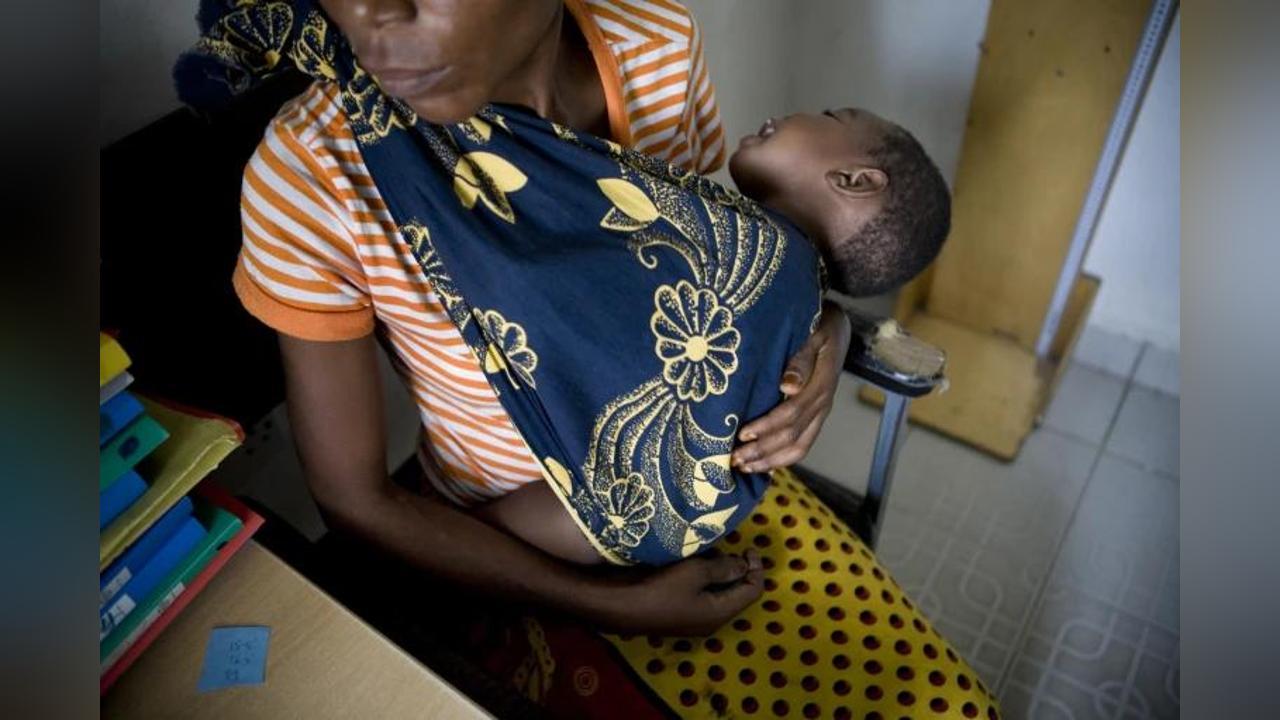Africa-Press – Botswana. Political will, free maternity care and digital health tools helped Botswana achieve high standards for ending mother-to-child transmission.
Botswana’s achievement as the first African nation to secure the World Health Organization’s (WHO) Gold Tier certification for eliminating mother-to-child HIV transmission (MTCT) offers critical lessons for African countries like Cabo Verde, Eritrea, Eswatini, Kenya, Namibia and South Africa, which are advancing toward similar goals.
In 1999, Botswana had one of the world’s highest adult HIV prevalence rates, at around 30%, and the disease posed a threat to life expectancy, public health infrastructure, and socioeconomic development.
But health reforms over the past 20 years have completely changed this outlook. According to UNAIDS, by 2023 just 1.2% of infants born in the country contracted HIV, with fewer than 100 total paediatric cases, way below the elimination threshold.
Political will and the early adoption of Option B+ – lifelong antiretroviral therapy (ART) for pregnant women – was foundational to the country’s success.
Leading health experts, including WHO Botswana’s Communicable and Non-Communicable Disease Cluster Lead, Tebogo Madidimalo, University of KwaZulu-Natal Paediatric Infectious Disease Specialist, Mo Archery, and Glenda Gray, paediatrician and lead of the University of the Witwatersrand’s Brilliant Consortium, highlight Botswana’s scalable strategies these countries can implement to reduce rates to the WHO’s 2021 Path to Elimination framework’s target of under 5%.
“Botswana was intentional in ensuring there is elimination of risk of vertical transmission as much as possible,” Madidimalo explains.
Free maternity services with high antenatal care coverage and facility-based births ensured universal access. Providing infant formula for 12 months – funded by the government – with an around 90% uptake, aligned with WHO’s Triple Elimination Initiative, minimising breastfeeding transmission risks.
Integration into primary healthcare was key. “The policy decision was backed by political will to finance the HIV services, staff capacity building and availing requisite commodities,” Madidimalo says.
Training midwives to independently test and initiate ART in rural clinics expanded coverage. Decentralised District Health Management Teams (DHMTs) enabled rapid responses.
“The devolution of authority aided the ability to have real-time solutions rendered at places of service delivery,” Madidimalo adds, noting that the programme achieved high retention in care through peer mother programmes.
Data-driven systems and early intervention were central to success. “They were very ahead of the curve in terms using the data collected. Decisions have been data-driven,” Archery explains.
The government’s Open Medical Record System and pronouncement of the 4th Industrial Revolution policy trajectory towards ‘digitising health data’, Madidimalo says, ‘helped to have concerted efforts in ensuring resources are geared towards networking facilities, providing gadgets and training health care workers, improving data available electronically.”
Community engagement tackled stigma. “We involved civil society organisations and introduced peer mother programs,” says Madidimalo, adding that this showed women an HIV diagnosis “is not the end of the world.”
The “Brothers Arise” campaign engaged men via local traditional leaders, raising male involvement in maternal and infant healthcare. “The involvement of chiefs and male sector dialogue platforms are very important for educating men to effect behaviour change,” Madidimalo explains.
ART was inclusive, extended to non-citizens, and the national campaign was largely government funded, although USAID funding provided resources for healthcare training programmes.
“I think the main thing that differentiates the Botswana’s response from other countries, including South Africa, was a proactive early response to the HIV epidemic. Not just a health response but there was a lot of political and societal buy-in,” Archery notes.
“Botswana’s government had made a decision that when it came to anti-HIV treatment, they will treat everyone.”
Sustained government funding ensured resilience says Madimilo: “The funding earmarked for HIV programs was committed as part of the annual recurrent budget.”
Gray stresses the importance of testing and swift treatment.
“You have to be vigilant about testing during pregnancy and then rapidly initiating people on to treatment, at scale,” she says, “Political will is the first thing then fidelity to the system, followed by evaluation, evaluation, evaluation.”
Challenges like digitising health systems and securing funding persist, especially after USAID cuts, but Botswana’s model – integrating services, leveraging data, and empowering communities – shows a path forward.
nature.com
For More News And Analysis About Botswana Follow Africa-Press






